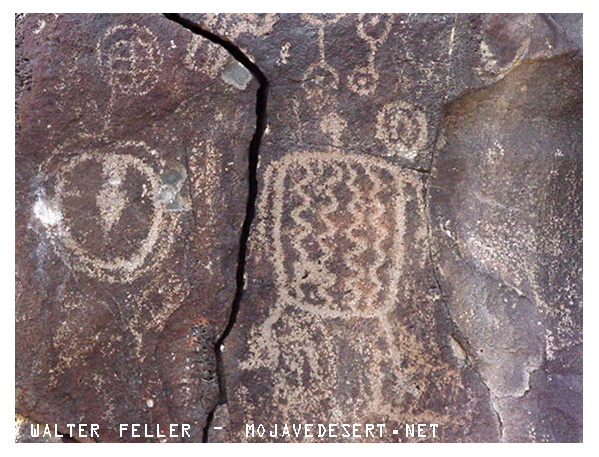American Indian groups

American Indian groups have lived for thousands of years throughout what is now the American Southwest. These groups developed an extensive network of routes for travel and trade. As with other western trails, it is likely that segments of the Old Spanish Trail follow some earlier trails and trade routes. Trade and travel along the route, or portions of it, included use by Ute, Paiute, Comanche, and Navajo peoples.
In 1769, Spain established settlements in southern California to prevent ongoing Russian and English encroachments. Supplying these settlements by sea was difficult because of unfavorable winds and ocean currents. The first land route to southern California was extended from La Paz in Baja, California, to San Diego in 1769. In 1775 and 1776, Juan Bautista de Anza led settlers north into California from Sonora, Mexico.
Spain also was interested in establishing a viable overland link between her northern holdings in California and New Mexico. Parts of what would become the Old Spanish Trail were explored from the west when Father Francisco Hermengildo Garcés set out from the Yuma villages along the Gila River in southern Arizona to explore a path to the California missions beginning in 1774. To get there, Garcés traveled north to the friendly Mohave Indian villages along the Colorado River. There, he was offered four guides, who led him along indigenous trails to the Mojave River. Garcés followed the Mojave for several days, reaching Misión San Gabriel via the San Bernardino - San Gabriel Ranges. Some of the indigenous routes that Garcés traveled through the Mojave Desert later became part of the western portion of the Old Spanish Trail.
Previous - Next
About the Old Spanish Trail
American Indian groups
Spanish colonial interest
In late summer of 1826
A major variation of the Old Spanish Trail
The major reason for travel
There was considerable legal trade
Some of the vast fur trade
Hispanic New Mexican families
Americans and other foreigners
With the American takeover of California
Over the years a number of military groups
Overall, use of the Old Spanish Trail

Indian territories along Old Spanish Trail in the Mojave.